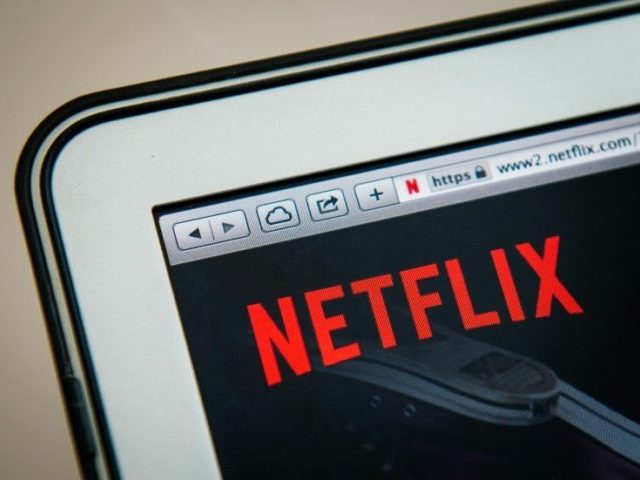Silicon Valley is going all-in for so-called “cord cutting,” as 65 percent of Internet users worldwide watched some type of streaming video-on-demand last month.
U.S. cable bills rose by 39 percent from 2011 to an average of $99 at the end of 2015, about 8 times the rate of inflation. The estimated preliminary average is up another 4 percent to $103.10 in 2016, according to Leichtman Research.
As a result of rapid price escalation, traditional pay-TV subscriptions peaked at about 90 percent of U.S. households in 2010 and are now below 75 percent, according GfK’s 2016 Ownership and Trend Report.
With the average cable TV bill about double the advertised price of cable promotional packages, cord-cutting accelerated this year, with more than 800,000 people dropping pay-TV packages each quarter, according to research firm SNL Kagan. Higher pricing is by far the biggest reason cited by cutters, according to eMarketer.
About 17 percent of TV households in the U.S. now rely on free “over-the-air” (OTA) broadcast reception, up from 15 percent in 2015. Another 6 percent use only Internet services such as Netflix, Amazon Prime, Hulu, or YouTube, up from 4 percent a year ago.
For an $8 monthly Netflix subscription, users can get dozens of the most popular TV shows including “Dexter,” “Supergirl,” “Shameless,” and Sons of Anarchy.”
For TV households with a resident between 18 and 34 years old, about 38 percent now rely on some kind of alternative TV reception or video source as an alternative to cable and satellite TV services. About 25 percent use free OTA reception and another 13 percent are only watching an Internet service on their TV sets.
Silicon Valley tech giants are scrambling to turn the wave of defectors from cable-TV into a tsunami, according to Eunice Shin, managing director for consulting firm Manatt Digital.
She told the San Francisco Chronicle that there are now 71 subscription and ad-supported streaming services available to U.S. households, up from 18 in 2010. There are also now 11 streaming services including Twitter’s Periscope, Amazon’s Twitch and Facebook Live, up from 3 in 2010.
Shin commented, “As the younger generation grows older, they are never going to pay for a cable subscription.” She warns, “The future growth for traditional cable is pretty dire.”
Yahoo hosted the first live-streamed NFL game in 2015 and now streams professional hockey and baseball games for desktop and mobile users. Twitter paid $10 million for the rights to air Thursday night NFL games, while Watch Sports offers tons of NCAA streaming football games airing live on iPhone and Android devices.
On December 14, Facebook seemed almost defensive when it acknowledged that it is planning to buy proprietary original content that could for include scripted shows, game shows and sports in order to “kickstart” its mobile video offerings.
“Our goal is to show people what is possible on the platform and learn as we continue to work with video partners around the world,” Ricky Van Veen, Facebook’s head of global creative strategy, said in public a statement. The talks in the “really early days” are being led by Ricky Van Veen, the College Humor co-founder, who joined the company earlier this year.
With Nielsen Media estimating that 29.6 million of the 118.4 million TV users for the 2016-2017 season are not connecting to cable TV, Silicon Valley tech giants see Internet streaming as at an economic tipping point.
Incumbent cable and telecom companies are also rising for the battle. AT&T launched DirecTV Now last month and Comcast has plans to roll out Dish’s Sling TV. Many of the lower cost offerings will overlap with bundled cable TV packages, but users will be able to customized language and ethnic offerings at very low cost.

COMMENTS
Please let us know if you're having issues with commenting.